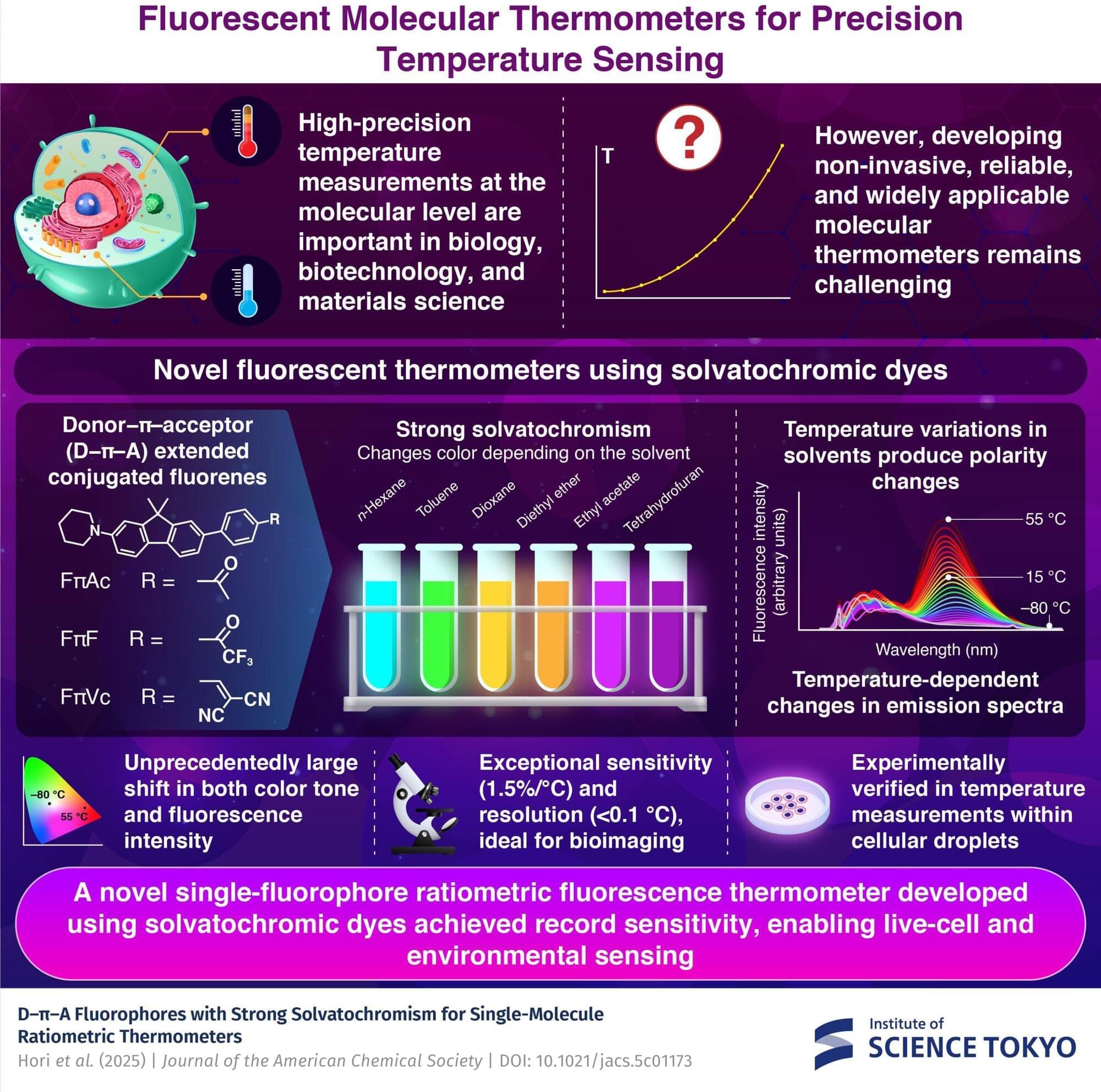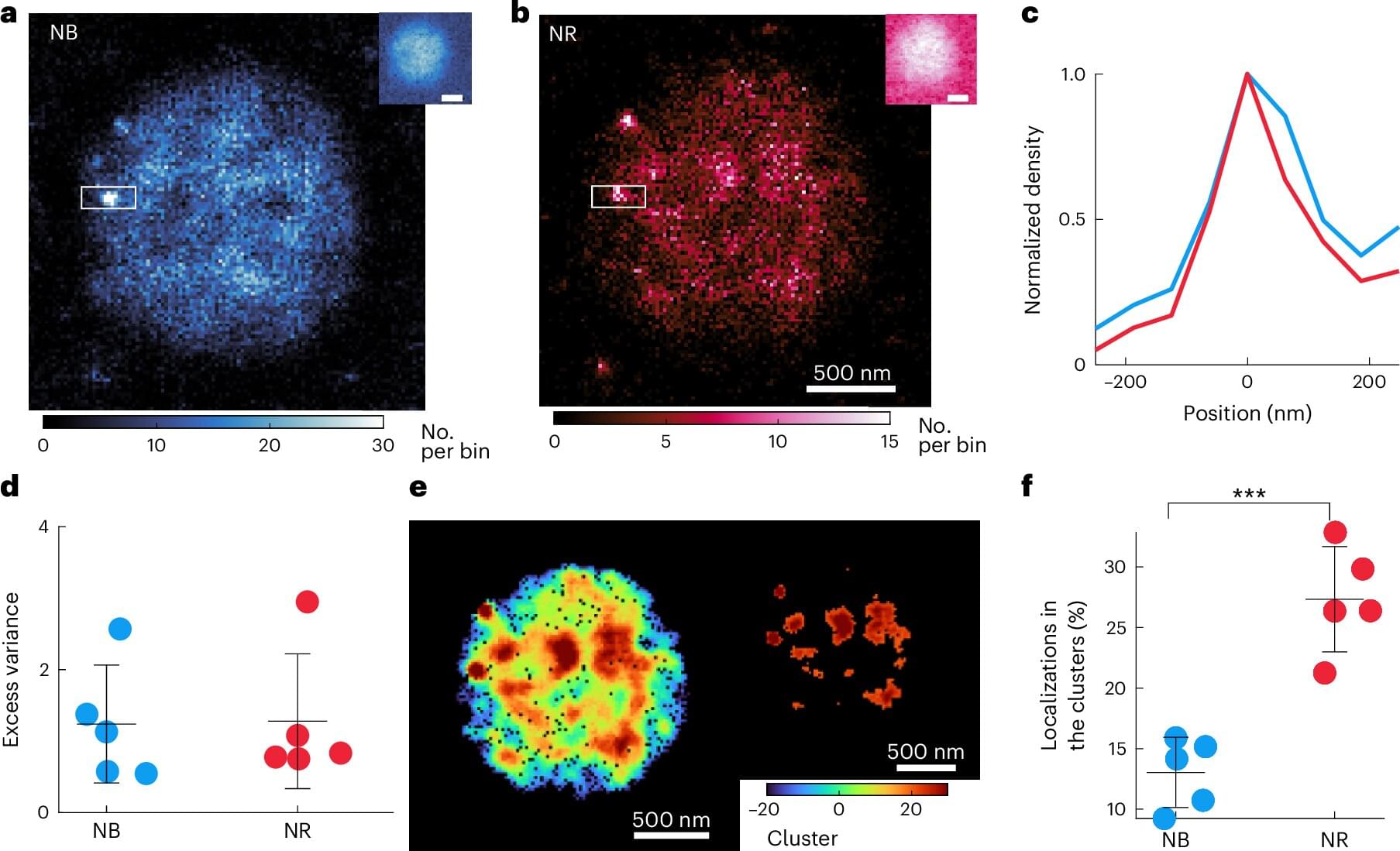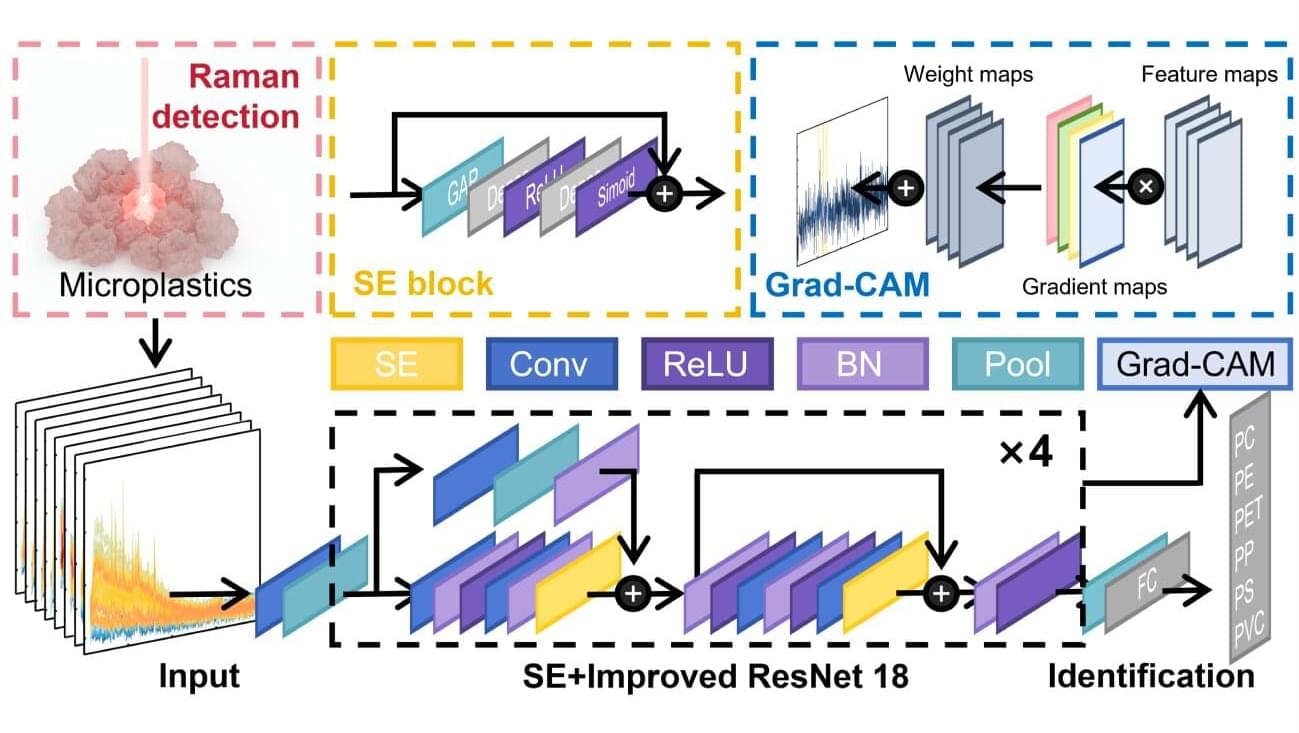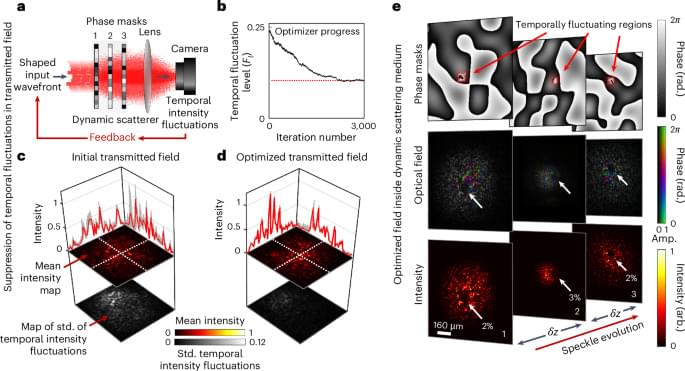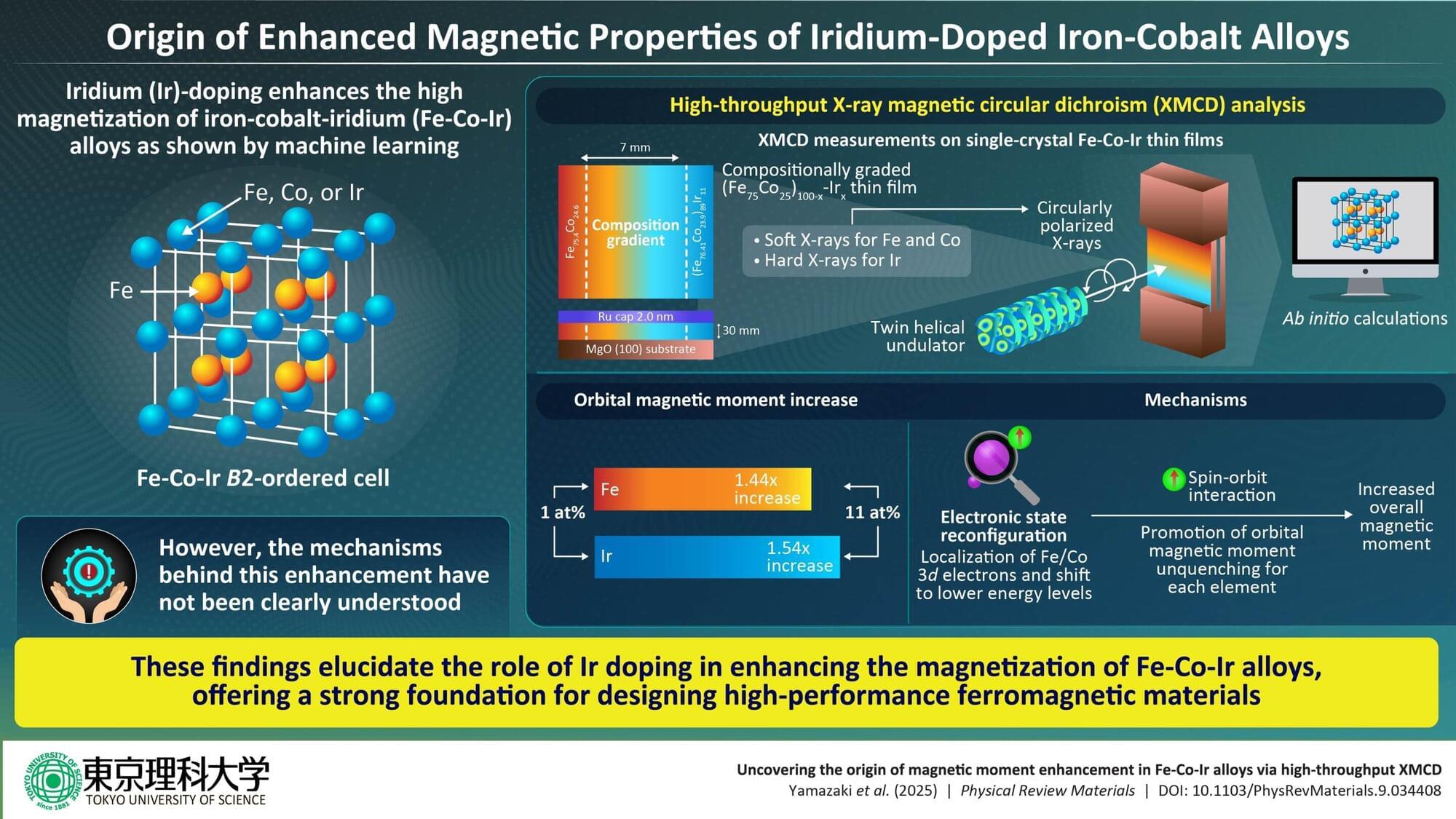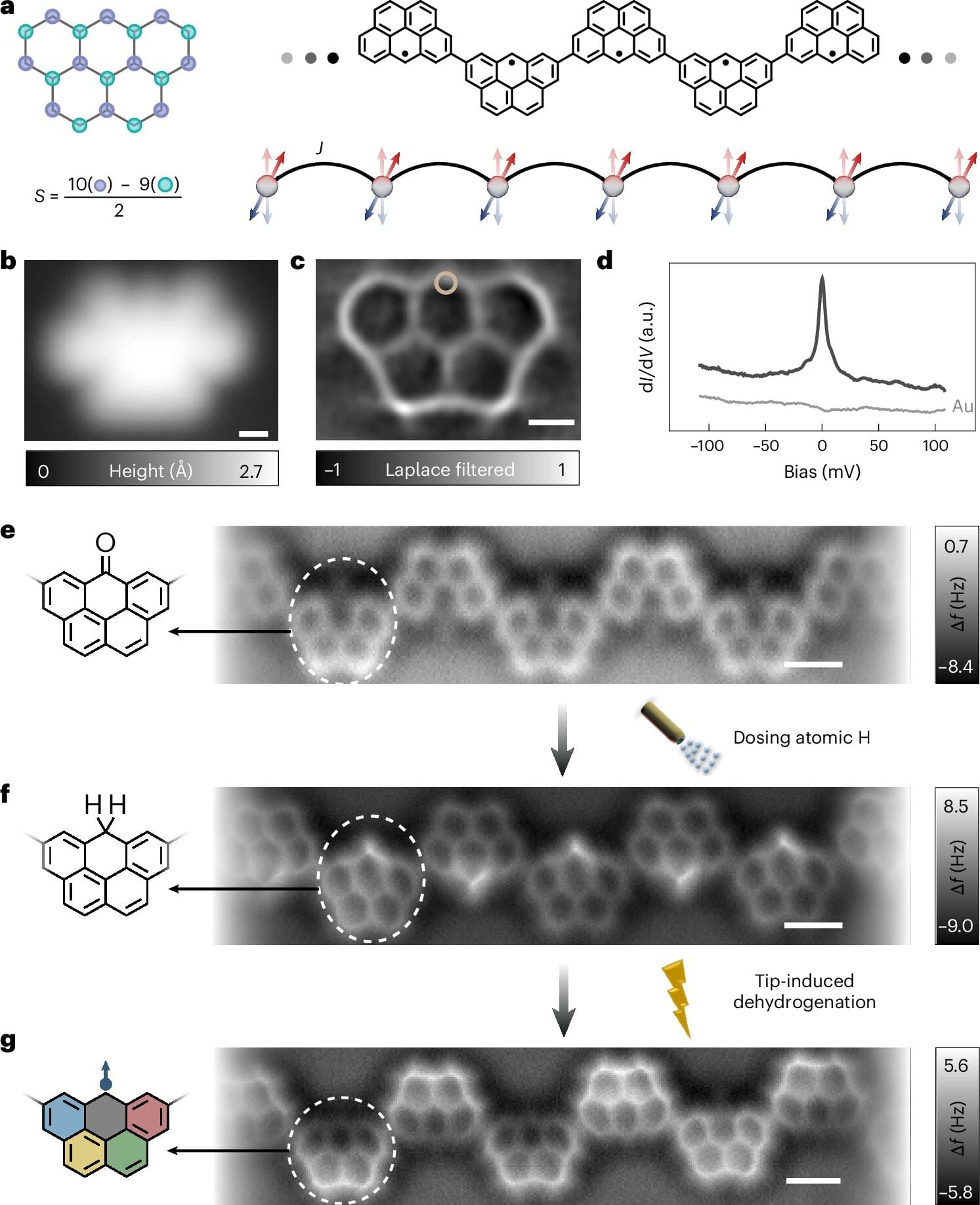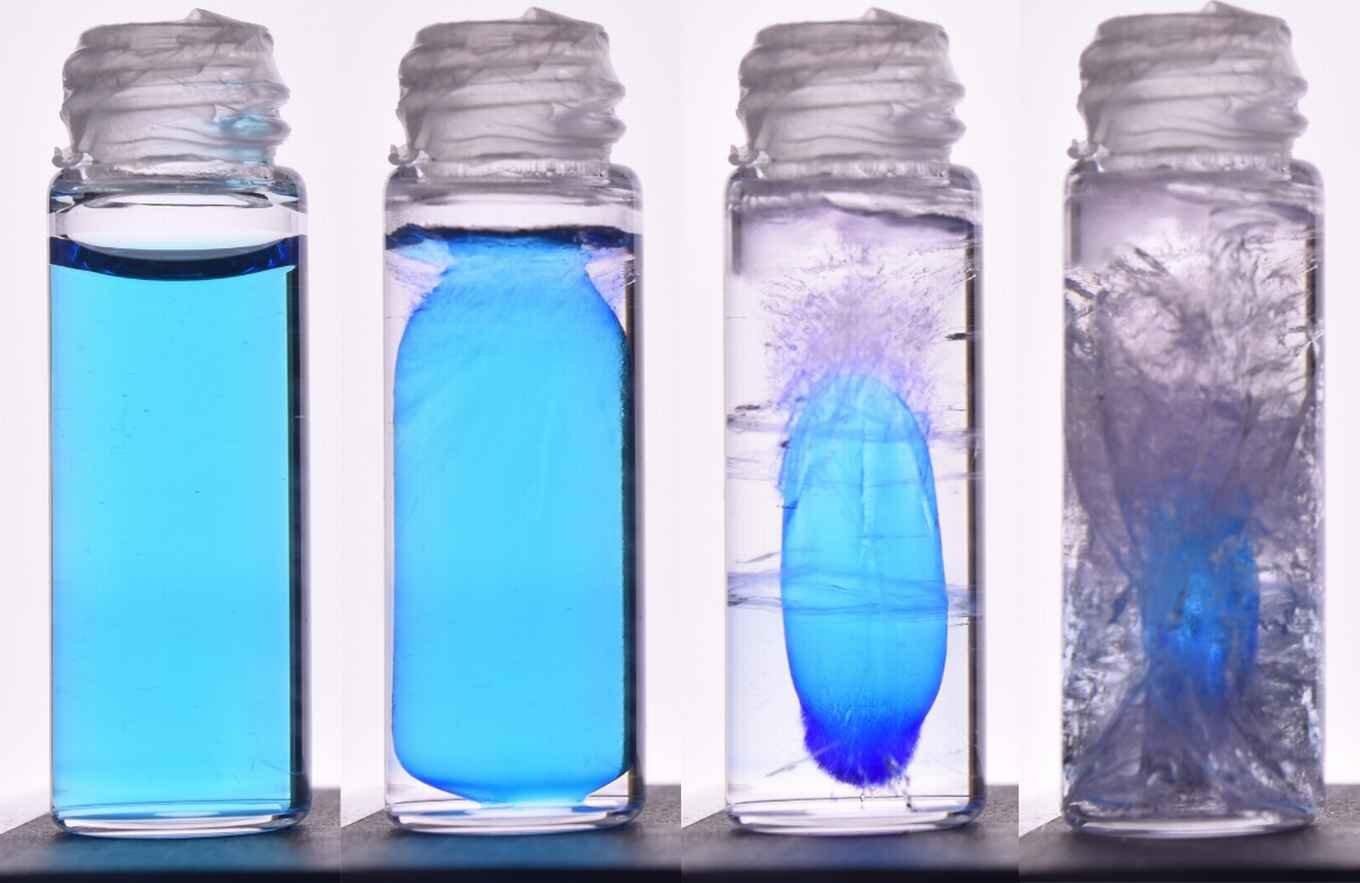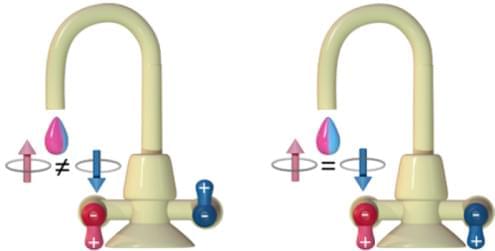Astrophysicists have once again enriched our knowledge of the cosmos with a new discovery: two small planets orbiting TOI-1453. Located at around 250 light years from Earth in the Draco constellation, this star is part of a binary system (a pair of stars orbiting each other) and is slightly cooler and smaller than our sun. This discovery, published in the journal Astronomy & Astrophysics, paves the way for future atmospheric studies to better understand these types of planets.
Around this star are two planets, a super-Earth and a sub-Neptune. These are types of planets that are absent from our own solar system, but paradoxically constitute the most common classes of planet in the Milky Way. This discovery sheds light on a planetary configuration that could provide valuable clues to the formation and evolution of planets.
Using data from NASA’s Transiting Exoplanet Survey Satellite (TESS) and the HARPS-N high-resolution spectrograph, the researchers were able to identify TOI-1453 b and TOI-1453 c, the two exoplanets orbiting TOI-1453.

